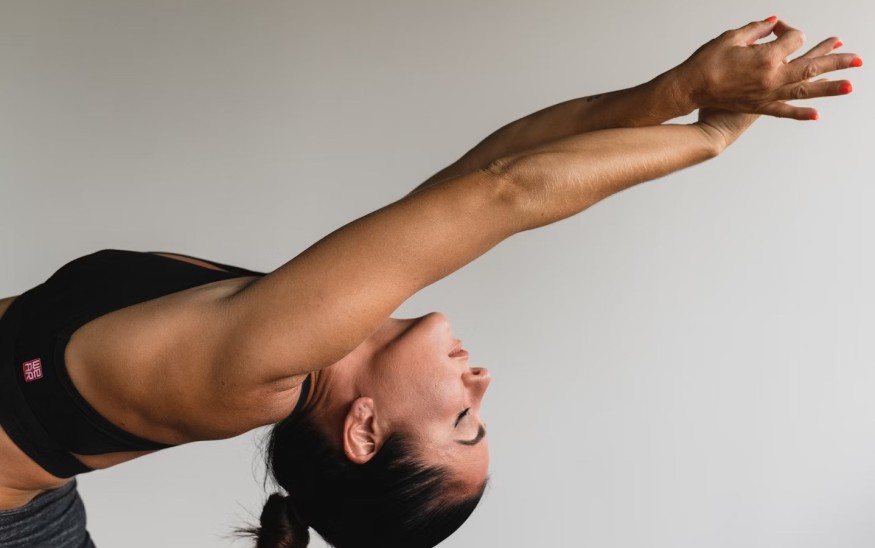
A back brace corrector is a device that helps improve posture and reduce back pain by providing support and alignment to the spine. It is often recommended for individuals who have poor posture or are experiencing discomfort due to long hours of sitting or standing.
Back braces like Fit Geno's work by gently pulling the shoulders back, aligning the spine, and relieving pressure on the lower back. With regular use, a back brace corrector can gradually train the muscles to maintain proper posture, leading to improved overall spinal health and a reduction in back pain.
However, simply wearing a back brace corrector is not enough to achieve optimal results. Here are some tips on how to maximize the efficiency of using a back brace corrector.
Choose a back brace corrector that fits your size, shape, and needs
There are different types of back brace correctors, such as strapless, figure-8, full-back, and smart devices. Some are more suitable for wearing over or under clothes, while others are more comfortable or adjustable. You should look for a back brace corrector that is easy to put on and take off, does not restrict your movement or breathing, and does not cause irritation or discomfort to your skin.
Follow the instructions on how to wear and adjust your back brace corrector properly
Depending on the model, you may need to slip the straps over your shoulders, fasten the ends below your bustline, or attach the device to your upper back. You should also adjust the straps or the device's sensitivity to provide the right level of support and feedback for your posture. You can refer to the user manual, online tutorials, or your healthcare provider for guidance on how to wear your back brace corrector correctly.
Wear your back brace corrector for short periods of time, multiple times a day
Wearing a back brace corrector for too long can cause muscle weakness, dependency, or overcorrection. It can also interfere with your blood circulation, digestion, or breathing. Experts recommend wearing a back brace corrector for 15 to 30 minutes at a time, two to three times a day. You can gradually increase the duration and frequency as your posture improves, but you should not exceed two hours per day.
Use your back brace along with exercises and daily routines
A back brace corrector is not a magic solution for poor posture. It is a tool that helps train your muscles and spine to maintain proper alignment. To achieve lasting results, you should also strengthen your core, back, and shoulder muscles, stretch your tight or tense muscles, use a supportive chair, desk, and pillow, and avoid habits that contribute to poor posture, such as slouching, crossing your legs, or hunching over your phone or computer.
Monitor your progress and adjust your goals accordingly
A back brace corrector can help you improve your posture in a matter of weeks, but it may take longer for some people. You should track your posture improvement using a mirror, a camera, or a smart device. You should also pay attention to any changes in your back pain, mobility, appearance, or confidence. If you notice positive results, you can reduce your reliance on the back brace corrector and use it only as a reminder or a reinforcement.
If you do not see any improvement or experience any adverse effects, you should consult your healthcare provider and consider changing your back brace corrector or your posture correction plan.
A back brace corrector can be a beneficial device for improving your posture and reducing your back pain, but only if you use it properly and effectively. By following these tips, you can maximize the efficiency of using a back brace corrector and enjoy its benefits for your health and well-being.
